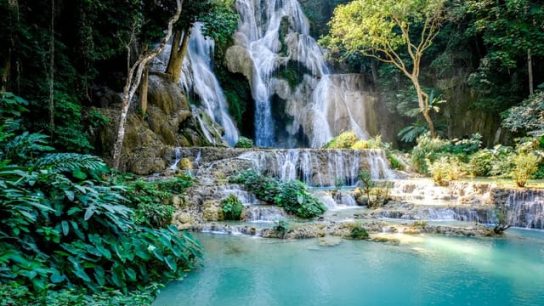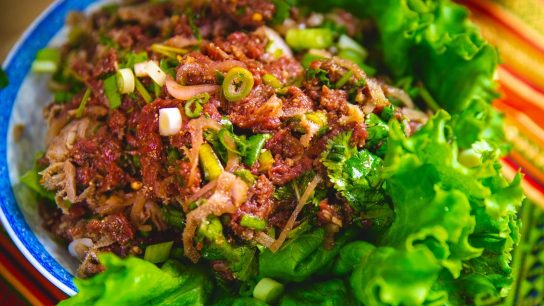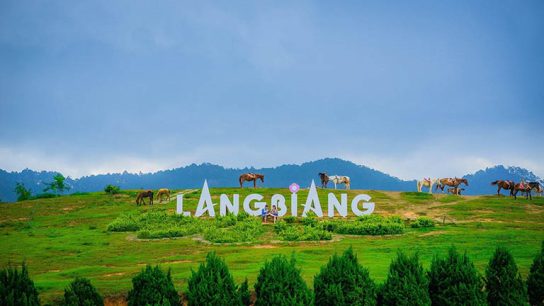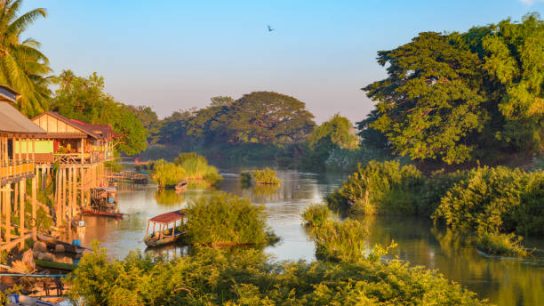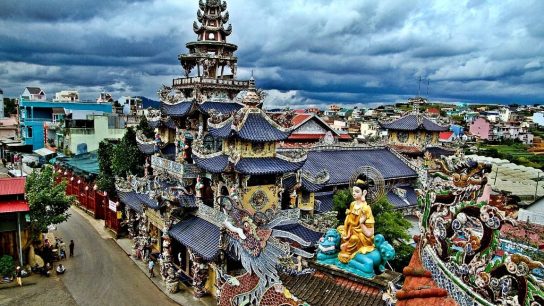Halong Bay, a UNESCO World Heritage Site located in Vietnam, is renowned for its stunning limestone islands, emerald waters, and captivating landscapes. However, beyond its picturesque scenery, Halong Bay holds secrets beneath its waters, including the thriving pearl farming industry.
These pearl farms, scattered across the bay, have become an integral part of Halong Bay’s allure, drawing in visitors eager to witness the magic of pearl cultivation firsthand. In this article, we will delve into the enchanting world of pearl farming in Halong Bay, exploring its history, significance, and the unique experiences it offers to travelers.
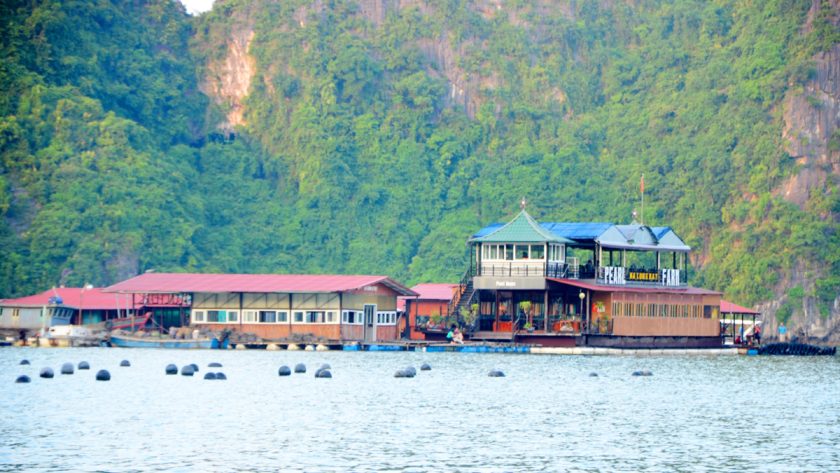
History of Pearl Farming in Halong Bay
The history of pearl farming in Halong Bay traces back to the early 1960s when local fishermen discovered natural pearls inside oysters. This discovery sparked interest in researching and developing pearl farming techniques, leading to the establishment of the first pearl farming facility by the Vietnam Institute of Marine Products Research in 1965. Over the years, with advancements in technology and expertise, pearl farming in Halong Bay has evolved into a thriving industry, with Vietnamese and Japanese companies playing pivotal roles in its development.
Initially focused on cultivating natural pearls, the industry transitioned to cultivating cultured pearls, incorporating traditional Vietnamese methods with Japanese technology. This fusion of techniques has resulted in the production of high-quality pearls that are prized for their beauty and durability. Today, Halong Bay stands as one of the world’s largest pearl farming centers, producing millions of pearls annually and attracting tourists from around the world eager to learn about the fascinating history and techniques behind pearl cultivation in this picturesque setting.
Visiting Pearl Farms in Halong Bay
When exploring Halong Bay’s Pearl Village, there are several must-visit places that offer unique insights into the world of pearl farming:
- Tung Sau Pearl Farm: Tung Sau Pearl Farm is one of the most renowned pearl farming villages in Halong Bay. Owned by the Halong Pearl Joint Stock Company, this farm offers guided tours where visitors can witness the entire process of pearl production, from oyster cultivation to pearl harvesting.
- Vung Vieng Pearl Village: This village is famous for its pearl oyster cages suspended on the water’s surface. Visitors can shop for pearl products at affordable prices and learn about the local techniques used in pearl farming.
- Halong Pearl Museum: Established in 2008, the museum showcases the history, culture, and art of pearl farming in Halong Bay. Visitors can explore various exhibits and learn about the different types of pearls cultivated in the region.
- Quang Ninh Pearl Research and Development Center: This center displays pearl products from Halong Bay’s pearl farming village and provides information on the pearl cultivation process. Visitors can gain insights into the latest advancements in pearl farming technology and conservation efforts.
- Minh Chau Pearl Farm: At Minh Chau Pearl Farm, tourists can observe the pearl cultivation process firsthand and purchase pearl products directly from the source. The farm offers guided tours where visitors can learn about the intricacies of pearl farming and the craftsmanship behind creating exquisite pearl jewelry.
What Types of Pearls are Cultivated in Halong Bay?
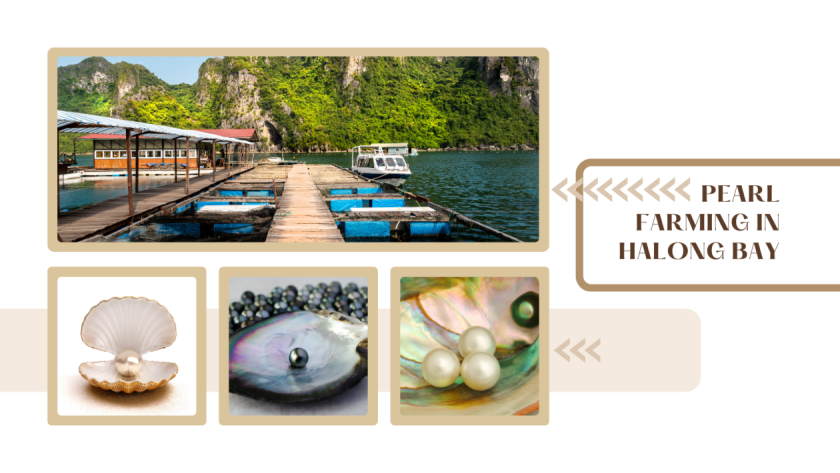
In Halong Bay, saltwater pearls are predominantly cultivated. These pearls are known for their durability and lustrous appearance, lasting for hundreds of years compared to freshwater pearls, which typically have a shorter lifespan of around 20 to 30 years. Cultivating saltwater pearls in Halong Bay benefits from favorable natural conditions, including clean seawater, suitable salinity levels, and stable temperatures.
Among the popular types of pearls cultivated in Halong Bay are:
- Tahitian Pearls: These pearls are prized for their exotic dark hues, ranging from black to gray and peacock green. They are known for their unique colors and high luster.
- South Sea Pearls: Renowned for their large size and satiny luster, South Sea pearls are among the rarest and most valuable pearls in the world. They come in a variety of colors, including white, gold, and silver.
- Akoya Pearls: Akoya pearls are known for their classic round shape and high luster. They are a favorite choice for elegant jewelry pieces and are prized for their uniformity and quality.
Best time to Visit Pearl Farm Halong Bay

- October to January: This period offers cooler and more temperate weather, making it ideal for outdoor activities such as visiting pearl farms. The skies are clear, and there is less chance of rainfall, ensuring a pleasant and comfortable experience.
- February to April: These months mark the end of the dry season, with temperatures starting to rise gradually. Visitors can still enjoy favorable weather conditions and fewer crowds compared to the peak tourist season, which falls during the summer months.
While the dry season is generally considered the best time to visit Halong Bay’s pearl farms, it’s essential to check the weather forecast before planning your trip. Additionally, be prepared for occasional rain showers, especially during the transition periods between seasons.
Exploring Phan Thiet: A Tropical Escape Off the Beaten Path
Top 5 Khmer Chicken Dishes Worth Trying

